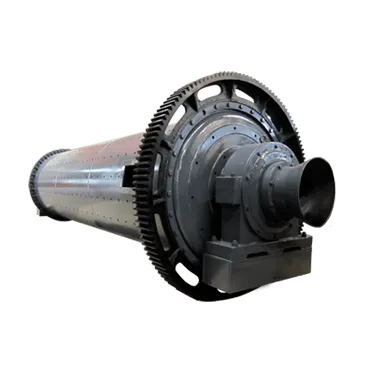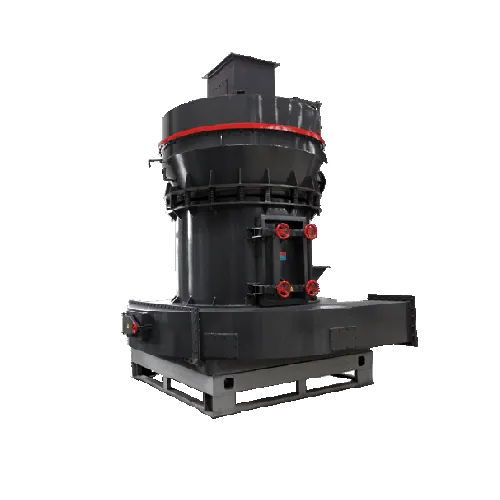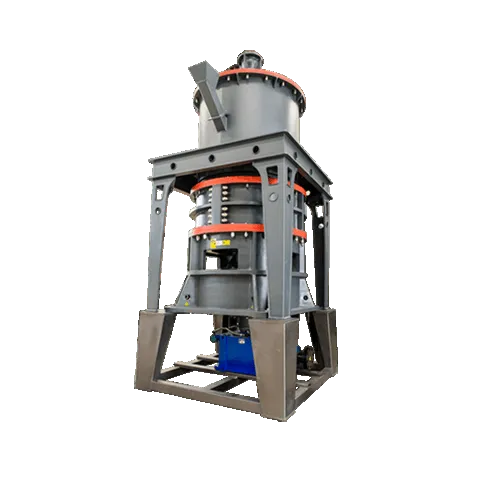Summary:High-purity quartz has different application fields according to its content. Among them, the content is 99.5%~99.99% for the light source industry, the content
High-purity quartz has different application fields according to its content. Among them, the content is 99.5%~99.99% for the light source industry, the content is higher than 99.99% for high-end optical devices and laser devices, and the content is 99.995%~99.9999% for semiconductors, Photovoltaic and other industries.
Semiconductor Industry
China has issued a series of industry standards, such as "Transparent Quartz Glass Tubes for Semiconductors", "Transparent Quartz Glass Devices for Semiconductors", "Transparent Quartz Glass Rods for Semiconductors", "Quartz Boats for Solar Cell Silicon Wafers", "Quartz Solar Cell Silicon Wafers" Glass Diffusion Tube". Quartz boats and quartz glass diffusion tubes for silicon wafers of solar cells should meet the quality requirements of T-grade products. For semiconductor crucibles, the aluminum content should be lower, specified as less than 1×10-5, other metals should be less than 1×10-7, and the total impurities should not exceed 1.5×10-5. The content of boron and phosphorus in solar silicon raw materials used in the photovoltaic industry should generally be in the range of 1×10-6, because these elements are the most difficult to remove and negatively affect the performance of solar cells.
Chip manufacturing is mainly composed of four parts: single crystal growth, wafer processing and manufacturing, integrated circuit wafer production, and later packaging. Single crystal growth requires the use of quartz crucibles and quartz devices. In the steps of etching, diffusion, oxidation, annealing and other steps of wafer processing, a large amount of auxiliary material quartz glass is used, such as high-purity quartz products such as quartz plates, quartz rings, and quartz boats. The diffusion step is quartz at about 1000 ° C. In the furnace tube, elements such as boron and phosphorus are diffused into the silicon wafer. The defects of the quartz crucible will greatly affect the quality of the final product. The main defects are divided into interstitial oxygen defects and impurity defects. Interstitial oxygen is the main impurity in the silicon single crystal of the traditional Czech Laski method, and the oxygen content of the crystal is about 1.3 to 1.4 times higher than that of the corresponding melt. The impurities in the quartz crucible will directly affect the mechanical properties of the crucible, the distribution of resistivity, and the purity of the single crystal. When the aluminum content is too high, the purity of the single crystal will decrease; when the content of sodium and potassium is too high, the melting point of the quartz crucible will decrease. , high temperature performance deteriorates, too high impurities will cause the quartz crucible to generate cristobalite at high temperature, and the change of expansion coefficient and volume will make the mechanical properties of the crucible drop sharply, affecting production. In the pursuit of higher performance of silicon wafers, the quality and requirements of auxiliary materials will also increase, such as expanding the radius of the quartz crucible, improving its purity, and reducing structural defects.
Solar quartz crucibles are consumables used in the photovoltaic industry. They are consumable containers for large-diameter single crystal and polycrystalline silicon products. The operating temperature is about 1500°C and the number of times of use is only one time. Impurities such as C, N, O, etc. in monocrystalline silicon will seriously It affects the electrical performance of the battery, and the impurities come from silicon raw materials, quartz crucibles and graphite heating devices. The impurities can be significantly reduced by coating Si3N4, CaCl2, SrCl2 and BN on the surface of the quartz crucible. Compared with polycrystalline silicon cells, monocrystalline silicon production costs are high and efficiency is high. Tao Mington and others purified the quartz raw material through mineral purification to produce high-purity quartz devices for semiconductor crystal growth, with SiO2 content ≥ 99.998%, total metal impurity content ≤ 2×10-5, hydroxyl content ≤ 2×10-6, The deformation rate is less than 1.0% at 1200°C for 24 hours.
Read More About



